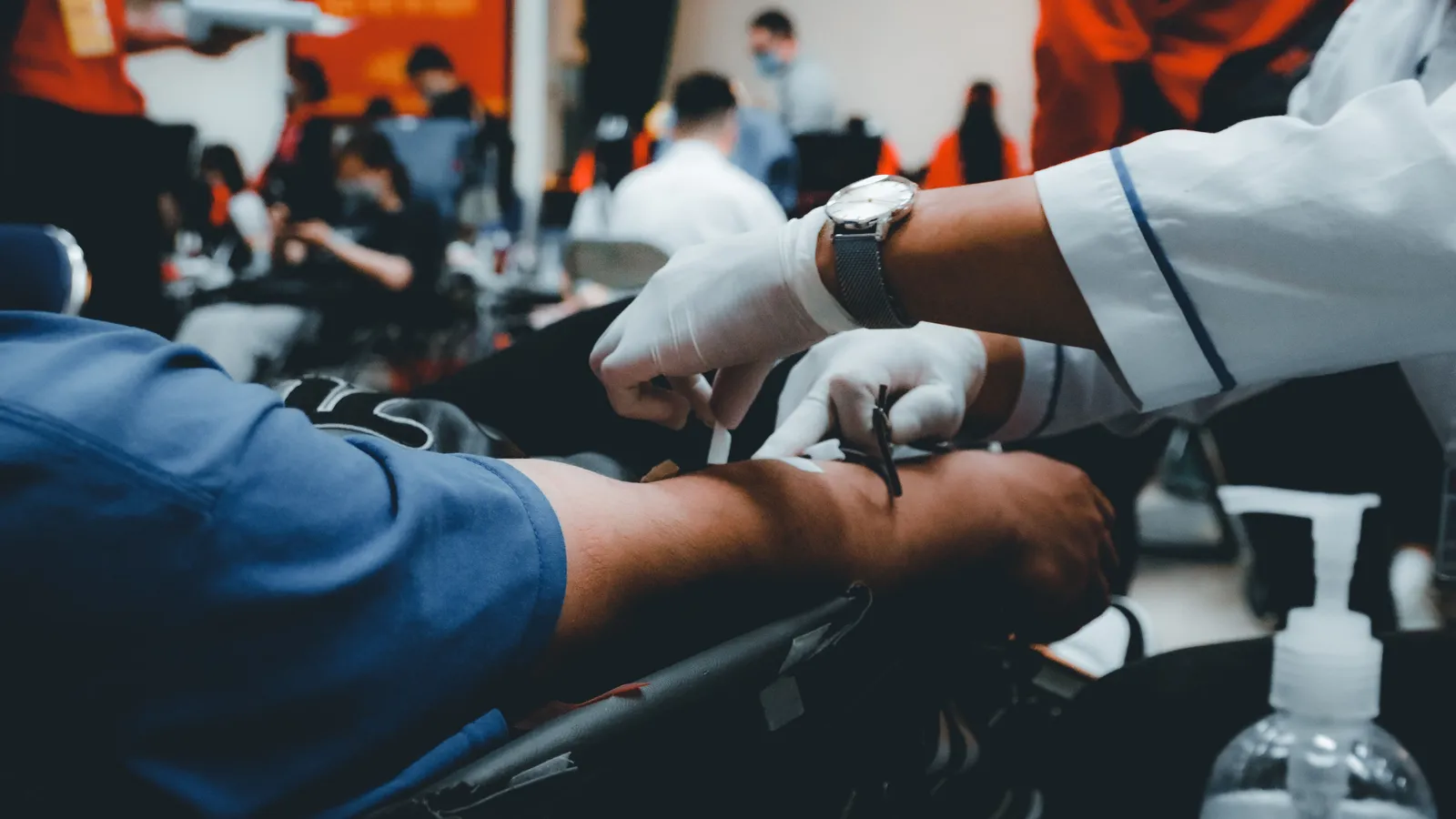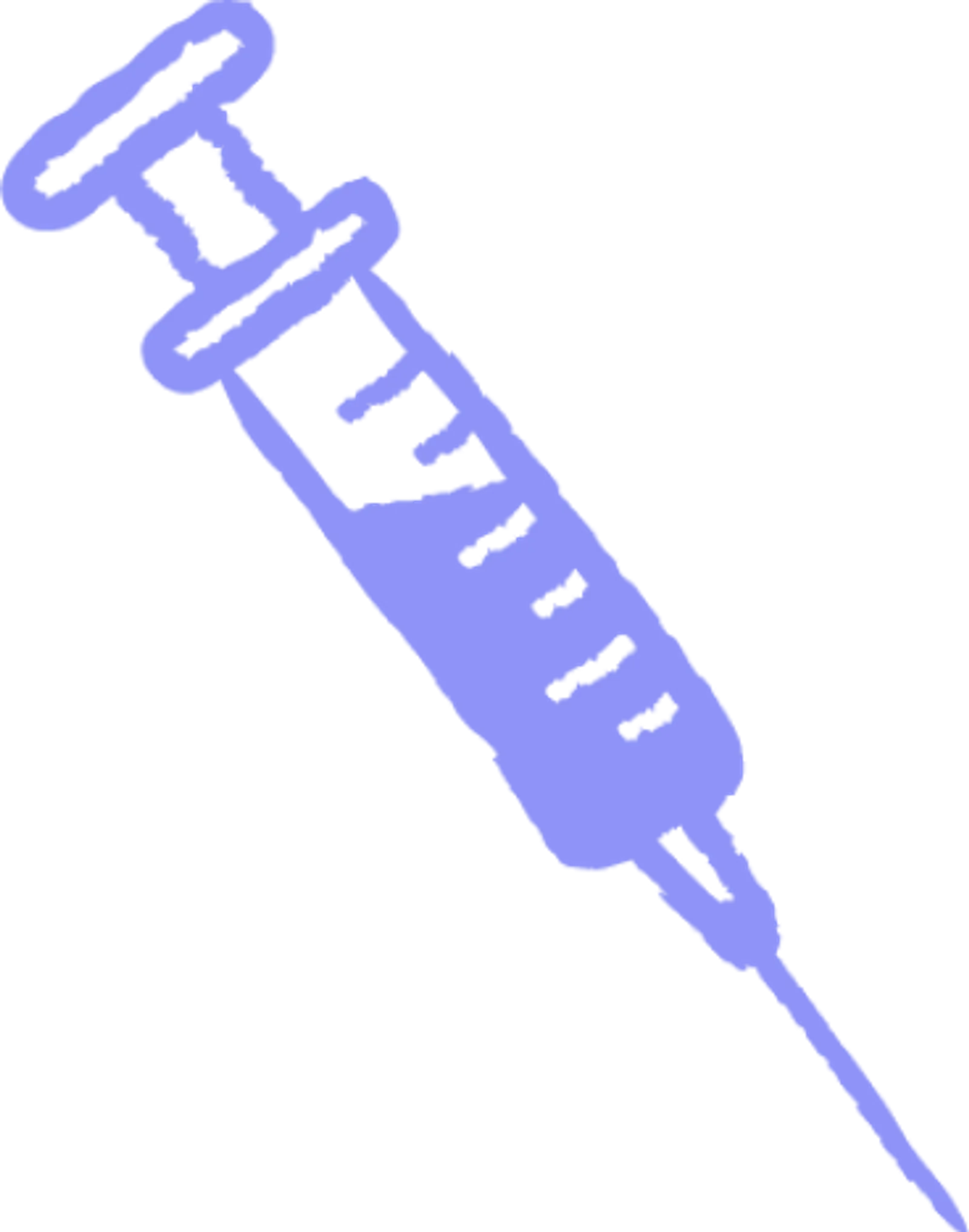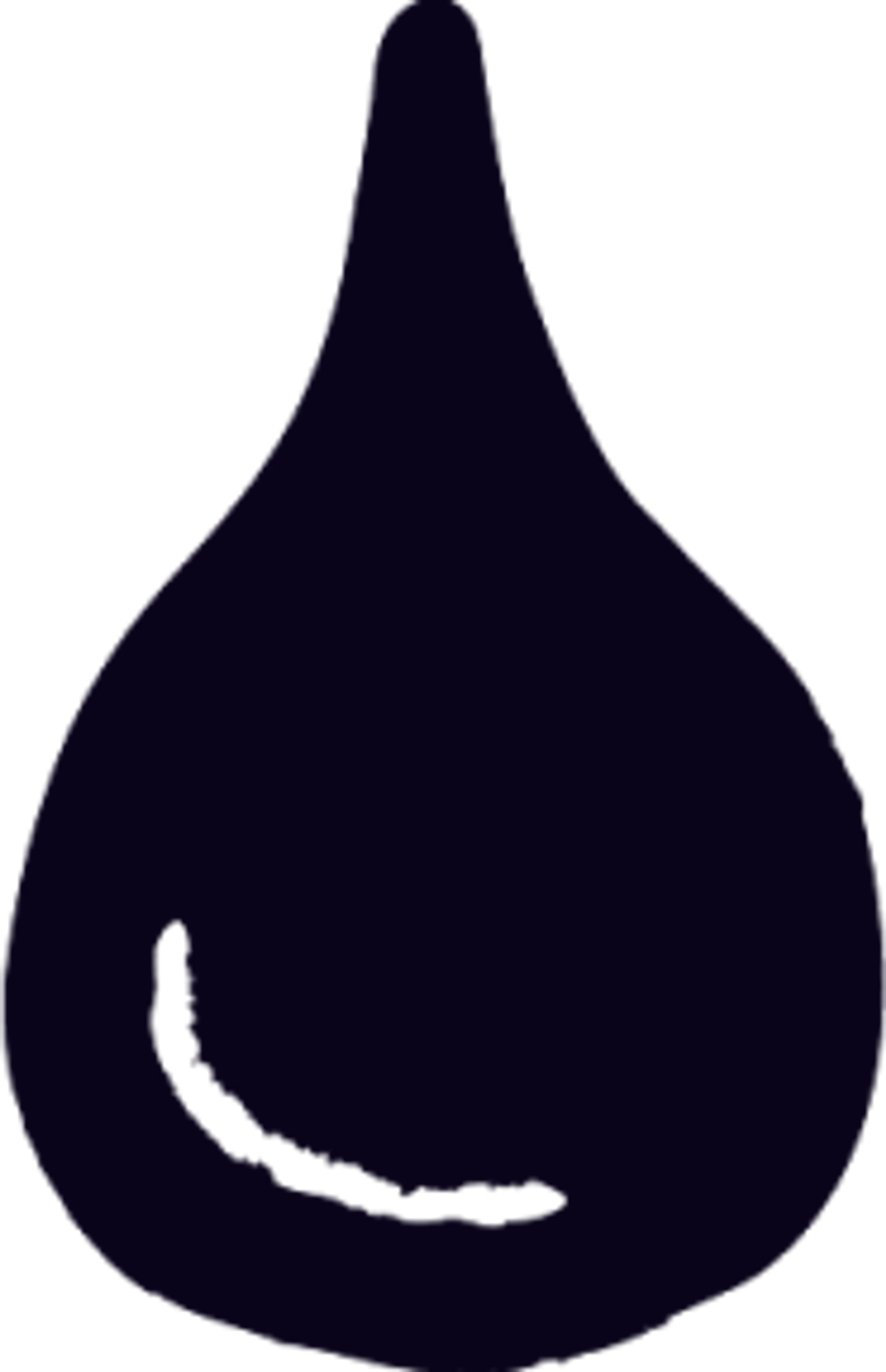Plasma 101
Who: Eligible donors between 18 and 63 can earn up to $560 a month in NY and up to $770 a month in FL.
What: Plasma is the yellow part of your blood that replenishes naturally.
Where: Queens, Brooklyn, The Bronx (NY), and Ft. Pierce (FL).
Why: Get paid to donate and help treat bleeding disorders, immune deficiencies, and more.
When: No appointment needed—walk in anytime before closing.
The Life Saving Gift: Understanding Plasma Donation

The Life Saving Gift: Understanding Plasma Donation
Plasma donations provide critical therapies sustaining patients worldwide, yet limited public awareness constrains supply. This article illuminates the biology, usage, and donation process for this scarce medical gift, addressing knowledge gaps inhibiting wider contributions. Readers will discover plasma's life-dependent applications and how becoming a donor can meaningfully improve treatment access and community health outcomes.
Plasma donations provide critical protein therapies sustaining over 50,000 US patients yearly who have bleeding disorders, immune deficiencies, trauma injuries, rare diseases, and more. However, with demand growing 5-10% annually amidst supply challenges, improving public awareness and participation in voluntary plasma donation saves lives by helping overcome chronic global treatment shortages.
Understanding Plasma Donation:
Title | Description |
What is Plasma? | A clear, straw-colored liquid, constituting 55% of blood. Contains proteins, water, salts, enzymes, antibodies, and other substances. |
Components of Plasma | Proteins (Albumin, clotting factors, immunoglobulins) and Water (92% of plasma). |
Functions of Plasma | Transports nutrients, regulates body temperature and pH, removes waste, forms blood clots, carries antibodies. |
Plasma vs. Whole Blood Donation | Plasma donation involves separating plasma from blood and returning red blood cells to the donor. Whole blood donation collects all blood components. |
Uses of Donated Plasma | Creating therapies for bleeding disorders, immune deficiencies, shock/trauma, burns, etc. |
Frequency of Donations | Plasma can be donated up to twice a week; whole blood requires 8 weeks between donations. |
What is Plasma Donation?
Understanding Plasma and Its Components
Plasma is a clear, straw-colored liquid that makes up about 55% of your blood. It is the liquid part of blood, while the other 45% consists of red blood cells, white blood cells, and platelets.
Plasma contains critical proteins that allow your blood to clot and antibodies that help fight infection. The two main components of plasma are:
Proteins - Albumin, clotting factors, and immunoglobulins are proteins found in plasma. Albumin helps maintain fluid levels in blood vessels while clotting factors allow your blood to clot after an injury. Immunoglobulins, also called antibodies, help destroy bacteria and viruses.
Water - About 92% of plasma is simply water. The water in plasma helps transport nutrients, hormones, proteins, sugars, fats, antibodies, and waste throughout the body.
In addition to water and proteins, plasma also contains salts, enzymes, antibodies, and other substances. Together, these components give plasma the ability to perform many critical functions, including:
Transporting nutrients from the liver and small intestine to other tissues
Regulating body temperature and pH levels
Removing waste and carbon dioxide from tissues
Forming blood clots to prevent blood loss after injury
Carrying antibodies that help fight infection in the body
Plasma helps keep all the cells in your body nourished and functioning properly. It acts as the transportation system of the body, delivering proteins, sugars, vitamins, antibodies, enzymes, hormones, and minerals wherever they are needed.
Without enough healthy plasma, the body’s tissues would quickly starve of nutrients and the immune system would be less able to fight disease. This makes plasma donation an essential way to help save and improve lives.
Plasma vs. Whole Blood: What's the Difference?
Plasma and whole blood donations are two different methods donors can use to help patients in need. While they share the goal of supplying blood components to treat illnesses, there are some key differences:
Donation Process
Plasma Donation - During plasma donation, blood is drawn from the donor's arm through a needle. A machine then separates the plasma from the red blood cells and other parts of the blood. The red blood cells are returned to the donor, while just the plasma is collected.
Whole Blood Donation - Whole blood donation involves collecting blood, including everything - the plasma, red blood cells, white blood cells, and platelets. The whole blood is then separated into components later.
Use of Donated Blood
Plasma - Donated plasma is used to create therapies that treat bleeding disorders, immune deficiencies, shock/trauma, burns, and more. Medications are manufactured from plasma proteins.
Whole Blood - Whole blood is often separated into specific components that treat different conditions. For example, red blood cells can help trauma patients, platelets assist clotting disorders, and plasma helps immunodeficiencies.
Frequency of Donations
Plasma - You can donate plasma up to twice a week, allowing you to donate more frequently than whole blood. This helps meet the high demand for plasma-based therapies.
Whole Blood - Most whole blood donors must wait 8 weeks between each donation to allow their body to regenerate the blood components. Some people can donate every 6 weeks.
Plasma and whole blood donations play complementary roles in healthcare, providing blood components to develop life-saving therapies. Plasma donation offers the benefit of donating more regularly to meet plasma supply needs.
Checking your eligibility at local blood banks like Olgam Life and learning about both donation methods can help you make an informed choice about the best way for you to give the gift of life.

Why is Plasma Donation Important?
Saving Lives with Plasma Donation
Plasma donation makes a huge difference and provides critical plasma-based therapies that allow patients suffering from life-threatening conditions to survive and live healthier lives. Over 50,000 Americans rely on plasma protein therapies each year. Without consistent plasma donations, these patients could not get the treatments they desperately need.
For example, patients with primary immunodeficiency disorders (PIDDs) require immunoglobulin infusions made from donated plasma so their bodies can fight infections. A landmark study found that PIDD patients receiving immunoglobulin had:
63% decrease in pneumonia cases
72% decrease in severe bacterial infections
98% decrease in rotavirus
Overall better health outcomes
Plasma donations literally save these patients’ lives every day. Even a single plasma donation can make a difference - just 200 ml of plasma from one donor goes toward creating a year’s worth of immunoglobulin for one immunodeficiency patient.
Additionally, trauma patients needing large volume transfusions rely on plasma-derived fibrin sealants during surgery after experiencing massive blood loss from events like car accidents or violence. These sealants come from pooled plasma donations and stop bleeding minutes faster than other products. Rapid bleeding control can save trauma victims who would otherwise quickly bleed out.
While anyone eligible to donate plasma helps save lives, regular, committed plasma donors are crucial to maintaining consistent supplies of therapies. Find out how many times you can donate plasma. By donating twice weekly, these dedicated donors provide over 100 donations per year so patients have reliable access to the plasma proteins they depend on.
Medical Treatments Relying on Plasma
In addition to directly treating patients, plasma donations also further medical research and create therapies for numerous diseases and disorders, including:
Rare Diseases
Alpha-1 antitrypsin deficiency - Plasma contains alpha-1 antitrypsin (AAT) used to treat this genetic disorder where low AAT levels can cause lung and liver disease.
Hereditary angioedema - Plasma donations provide the C1-INH protein for HAE attacks that cause swelling in throats, limbs, and intestines.
Immune Deficiencies
Primary immunodeficiency - As mentioned, plasma creates immunoglobulins to treat over 400 genetic immune disorders like chronic granulomatous disease.
Secondary immunodeficiency from HIV, chemotherapy, etc. - Immunoglobulins boost weakened immune systems.
Neurological Disorders
Chronic inflammatory demyelinating polyneuropathy (CIDP) - Plasma exchange helps nerves regain function in this autoimmune disorder causing numbness and weakness.
Emergency Medicine
Shock - Albumin from plasma maintains blood volume after trauma and burns.
Bleeding - Plasma contains clotting factors for coagulation disorders and helps control surgical bleeding.
Ongoing plasma research also seeks future treatments for conditions like Alzheimer’s disease, multiple sclerosis, respiratory diseases, wound healing, and sepsis. Scientists can isolate specific proteins from plasma donations to study their medical potential.
While whole blood donations provide red blood cells for transfusions, plasma fulfills a unique role - creating protein-based therapies for specialized medical needs. From saving trauma victims to managing chronic illnesses, plasma therapies give patients precious chances for survival, health, and quality of life.
Consistent plasma donation makes all this possible while providing income for dedicated donors. By learning about plasma donation at centers like Olgam Life, potential donors can discover how they might change lives with this gift of health.
The Importance and Process of Plasma Donation:
Title | Description |
Why Plasma Donation is Important | Provides therapies for life-threatening conditions, supports medical research, and creates treatments for various diseases. |
Impact of Plasma Donation | Treats primary immunodeficiency disorders, aids trauma patients, and contributes to research for future treatments. |
Age 18-69, minimum weight of 110 pounds, good health, suitable vein access, and specific medical criteria. | |
Plasma Donation Process | Registration, medical history assessment, physical exam, donation process, and post-donation care. |
Post-Donation Care | Hydration, nutritious diet, avoiding strenuous activities, and monitoring for any side effects. |
Global Need for Plasma | Increasing demand due to immune deficiencies, blood disorders, trauma care, and rare diseases. |
How to Donate Plasma?
Eligibility and Preparation for Plasma Donation
To donate plasma, you must meet certain health and lifestyle requirements to ensure both your safety and the quality of the donated plasma:
Eligibility Requirements
Age 18-69 years old
Weigh at least 110 pounds
Be in generally good health
Pass a medical exam testing protein levels, blood pressure, pulse, temperature and for viruses
Have suitable vein access in the arms
Not have donated whole blood in the last 56 days
You should also avoid plasma donation if you:
Are pregnant or breastfeeding
Have bleeding disorders like hemophilia
Have a major heart, lung, kidney or liver condition
Have hepatitis B or hepatitis C
Engage in high risk behaviours like intravenous drug use
Preparing to Donate
Properly preparing for your donation ensures the best experience:
Hydrate well in the 24 hours beforehand by drinking extra fluids like water and juice. Avoid alcohol.
Eat protein in the prior meals - eggs, meat, nuts, beans. This helps replace the protein lost.
Get adequate rest the night before donating.
Wear comfortable clothing with accessible arm veins.
Bring an ID. You also may want music, a book, or work to do while donating.
Following the eligibility criteria and healthily preparing for donation reduces risks and maximizes plasma quality.
The Plasma Donation Process
When you arrive at a plasma donation center like Olgam Life, you can expect:
Registration - Check in and provide your ID and social security number. You'll read over materials on plasma donation.
Medical History Assessment - Answer questions on your health, travel, sexual activity and more so staff can confirm you meet requirements.
Physical Exam - Vital signs like blood pressure, temperature and pulse rate will be checked to verify health status. Your protein levels will also be tested via a small finger stick sample.
Donation - The actual plasma donation takes between 1-2 hours for first time donors, and 1-1.5 hours for return donors. You'll sit in a large, comfortable chair with arm supports. After cleaning and numbing your arm, a sterile needle will be inserted into your vein and connected to an automated machine that removes blood, separates plasma, then returns your red blood cells and saline solution back to your body. You can watch movies or read during this painless process. Snacks and beverages are provided afterward.
Post-Donation Care - Staff will bandage your arm and provide instructions on post-donation self-care before you leave.
While each center has specific processes, this overview captures what most donors encounter. The friendly, professional staff help make donation straightforward and even enjoyable.
After the Donation: Recovery and Care
Taking proper care of your body after plasmapheresis optimizes recovery:
Continue hydrating by drinking extra fluids over the 24 hours post-donation. Water, juice, sports drinks and broths are good choices.
Eat nutritious, iron-rich foods like red meat, fish, poultry, beans, spinach and broccoli to replace nutrients. Consider taking an iron supplement.
Avoid strenuous physical activity with the donating arm for several hours post-donation.
Leave the bandage on for at least 4 hours afterwards. Keep the site clean and watch for signs of infection like redness or pus.
Over-the-counter pain medication can ease soreness at the venipuncture site if needed. Apply a warm compress to promote comfort and healing.
Get plenty of rest after donating. Listen to your body and take it easy if feeling fatigued.
Avoid hot tubs and swimming pools for 24 hours post-donation while the needle site heals.
While side effects are uncommon, contact the plasma center if experiencing dizziness, fainting, persistent pain or bleeding from the venipuncture site, or flu-like feelings lasting over 24 hours post-donation.
With a few preparatory steps, a time commitment of just 1-2 hours, and basic self-care after, plasma donation provides minimal inconvenience compared to its lifesaving impact. Visiting plasma providers like Olgam Life makes the process even simpler. By becoming a plasma donor, you choose to positively change lives.

The Global Need for Plasma
Understanding the Global Demand for Plasma
Plasma use in medicine has expanded rapidly in recent decades resulting in skyrocketing worldwide demand. Plasma contains proteins used to develop therapies for conditions like:
Immune deficiencies
Blood clotting disorders
Trauma and burn care
Rare diseases
As research uncovers new plasma treatment applications, further growth is expected. Additionally, an aging global population with more health conditions means greater need for existing plasma therapies.
For example, the primary immunodeficiency population is increasing 6-8% annually as diagnostics improve and patients live longer. With 1 million estimated cases today and 36,000 in the US alone, expanding access to immunoglobulins requires ongoing plasma collection.
Other key growth drivers include:
Improving healthcare access in developing countries makes diagnosing and managing illnesses with plasma therapies feasible for larger patient pools globally. Over 80 countries now use immunoglobulins.
Plasma derivative use in elective surgeries and preventative care increases alongside rising incomes funding healthcare in emerging markets.
Pandemic preparedness efforts spur stockpiling critical plasma-derived therapies.
Collectively this means over 50 million blood plasma donations are required annually to maintain patient treatment worldwide. The US provides two-thirds of that plasma. With demand projected to continue growing 5-10% each year, improving donation rates is crucial.
Challenges in Meeting Plasma Demand
Unfortunately, several issues constrain expanding global plasma availability:
Donor recruitment difficulties - Only 38 out of 1,000 adults donate blood or plasma in the US. Increasing voluntary, uncompensated donors proves challenging across cultural attitudes and restrictive policies in some areas.
Supply chain bottlenecks - Plasma has a short shelf-life before fractionation so rapidly delivering units from dispersed collection sites to manufacturing facilities can encounter problems. Capacity barriers also constrain production scalability.
Regulatory barriers - Varied country regulations on plasma quality, safety measures/protocols, manufacturing processes and therapies derived cause complexities transporting and distributing plasma internationally. Efforts towards alignment help but move slowly.
Ethical considerations - Compensating American donors provides over 60% of global plasma but is illegal in some European countries limiting supply. Balancing patient access, ethics, and necessary incentives involves tradeoffs.
These interconnected obstacles result in ongoing plasma shortages forcing allocation prioritization. For instance, supplies of vein-injected immunoglobulins for primary immune deficiency shrink while less urgent, subcutaneous dosing grows. Such forces treatment rationing choices contrasting principles of healthcare equity.
With cooperation from policymakers, regulators, industry partners, and donors, a multipronged approach can enhance worldwide plasma collection and availability. Supporting donor awareness programs, addressing supply infrastructure gaps, and funding further innovation all contribute. Most importantly, improving public understanding that volunteer plasma donation saves lives inspires wider participation.
Efforts by organizations like Olgam Life prove educational outreach and community partnerships make local differences towards meeting global plasma needs. If you have any questions, give us a call or check out our frequently asked questions.
















